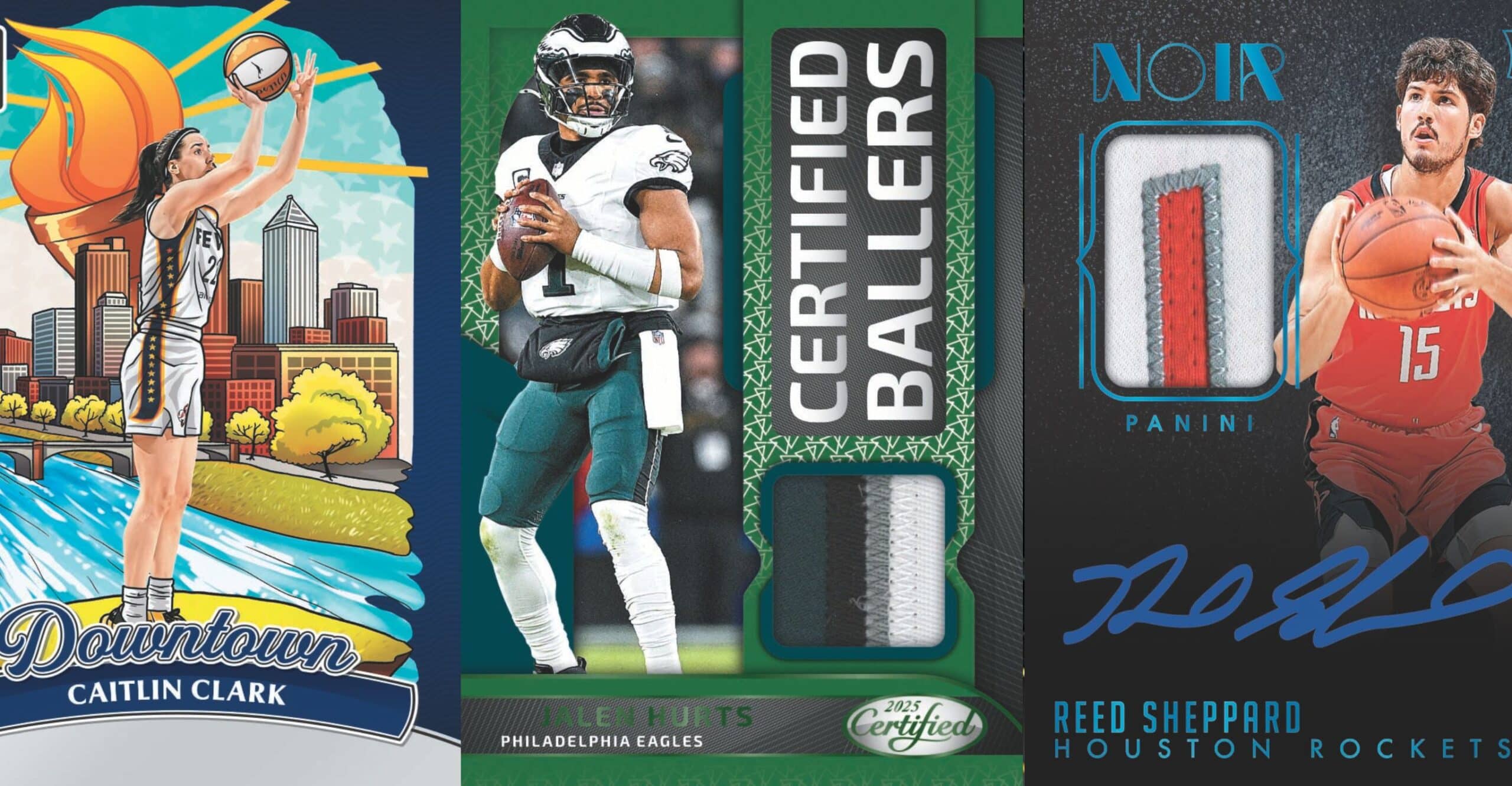

Card trimming is a serious problem in the hobby. So serious that it has attracted the attention of the Federal Bureau of Investigation (FBI). The problem is set to get worse, as some of the major players in the hobby are involved. Therefore, we provide you with a guide on how to detect card trimming.
In 2013, it turned out that a T-206 Honus Wagner (the highest-priced card ever) had been trimmed. The culprit (a sports memento auctioneer) was later sentenced to 20 months in prison and fined $250,000 after the unethical act was admitted.
But what exactly is card trimming, and how did it find its way into the card collection industry?

Card trimming is the act of removing part of the edge of a card intentionally, usually with a sharp object. It also involves sanding or smoothing the edges of a card or just a small portion of it. This alteration method is especially difficult to detect at first glance but can be seen when closely viewed. Generally, the goal of trimming is to either remove wear to the edges and corners or improve the card’s centering.
In essence, card trimming or any form of card alteration or manipulation is an offense in the world of card collection. And in the world of law enforcement, for that matter.
Any artificial change besides manufacturer defects renders a card ungradable. The traditional grading system of 1-10 isn’t used for cards that have been confirmed to be altered. For example, the PSA website says: “PSA will not grade cards that bear evidence of trimming, re-coloring, restoration, or any other forms of tampering, or are of questionable authenticity.”
The suspicion started with a 1952 Topps Mickey Mantle rookie card placed for sale on eBay. That is, of course, one of the most iconic cards out there. Fortunately, some collectors with an eye for cards identified it as altered, and words soon got to Blowout Forum, a chat community for card collectors.
Finally, when the call for pulling down the card got too much, PWCC CEO Brent Huigens owned up to the accusation of card alteration. But instead of admitting to trimming, he claimed the card had undergone a “conservation process.”
Card Trimming Scandal: Alt vs BGS over trimmed Steph Currey rookie
We have already reported extensively on PWCC’s role in card trimming.
To recap, PWCC is a Lake Oswego company, which sells sports cards on eBay. According to a source on the Blowout Forum, PWCC was identified to be selling a sizeable amount of trimmed modern cards graded by BGS and PSA. The cards were said to have been acquired from individuals long identified as alleged card trimmers. They include Robert Block, Kevin Burge (associates like Keith Koenig, Vinny Ho, etc.), Gary Moser and Will Jaimet.
It seems PWCC was used as a front by the trimmers to sell off their altered cards in the early 2010s. They all had separate eBay accounts and were allegedly seeking covert ways to pass off their shady deals. For some reason, the major sports card grading companies (BGS and PSA) have failed to detect trimmed cards that passed through them. They have shown consistently that they cannot be trusted when it comes to detecting alterations such as trimming. After all, hundreds of cards have been proved to be incorrectly graded by PSA and BGS.
Football fans will remember Evan Mathis as a two-time pro-bowl offensive guard with a Super Bowl ring for the 2015 Denver Broncos. But now, he has emerged in a somewhat less glamorous role as a primary shaker in the unsavory world of card trimming.
In 2018, Mathis made headlines for selling a mint 1952 Topps Mickey Mantle card for $2.88 million. At the time, it was the second most expensive card ever sold.
However, according to accusations featured prominently on Blowout Forums, Mathis has been trimming cards since his retirement in 2017. There is even evidence of Mathis leaving positive feedback on an eBay cutter. So yes, it is not precisely the perfect crime.
You can see a ton of persuasive examples of trimmed cards that went through Mathis run eBay account on Blowout Forums. We wonder how the buyer of that Mantle feels right about now.

As usual, PWCC is heavily involved in the breaking Evan Mathis scandal. PWCC claimed to have taken some actions to stop working with these trimmers moving forward. But this is more evidence they have not done so. PWCC have failed to identify the trimmed cards already sold to customers. It was, therefore, up to the customers to try to verify the authenticity of the card sold to them. Meanwhile, it is impossible to determine the authenticity of cards without distinguishable features.
PWCC released a statement claiming they worked with PSA and law enforcement to ensure all the affected cards were brought to light. Here’s a link to the interview with PWCC CEO Brent regarding the altered cards and changes they will make moving forward. They also released a set of tenets on the PWCC Marketplace account on the blowout forum. PSA has also claimed to be conducting an investigation into the allegation.
Card collector Eric Savoy has filed a putative class action in Orange County courts charging PSA with intentionally grading altered cards. He also brought PWCC and Probstein into the mix by accusing them of knowingly selling them. This thread on the legal action confirms the case and sheds some light on the allegations. Also, the legal documentation regarding the case is available for those that understand legal jargon.
Card collectors have hailed Eric a hero on the blowout Forum. There are lots of assumptions in the document (civil complaint) that would be hard to prove. However, this court case could change the face of grading and pricing if Eric’s case gets to court. PSA would definitely have in-house lawyers to fight this case. What remains to be seen is if Eric has the resources to see this case to the end. If he does win, PSA and its accomplices have a lot of questions to answer. The result could be similar to this wine scandal case.
The damage to the hobby has already been done. Looking forward, you should be careful when buying cards.
An alarm has been raised on the blowout forum regarding a 2013 Giannis Rookie Card that has been previously associated with PWCC. Rumor has it that the buyer returned it after finding out that it had been trimmed. However, the piece is back on the market, having been confirmed by Beckett.
This piece had the caption, “Be advised this item was previously listed for sale by PWCC when concerns arose around alteration and/or the accuracy of the professional-grade. This item was subsequently re-submitted to Beckett for their technical review. Upon review, the grade was confirmed accurate by BGS, and this item is now being presented again on the marketplace. A letter attesting to the card’s grade accuracy was also obtained from BGS and is available upon request…”
The statement above reeks of conspiracy. There is serious concern that it reflects an arrangement between PWCC and Beckett to allow both to profit off trimmed cards. They probably still have a stash of altered cards they are looking to sell-off. As such, you should be careful in your dealings with the parties involved.
COMC is another marketplace alleged to be in on the trimmed card sales business. We will examine that marketplace and those allegations in an upcoming review on Cardlines.
The best approach to prevent buying trimmed cards is to avoid the companies involved in the scandal. Give PWCC a wide berth, and buy from established and trusted sources only. Even though PWCC is trying to clear its name and get on the good side of collectors, no one wants to risk getting scammed.
Collectors that heavily invested in graded cards would likely feel the heat of the controversies around cards. It is ideal if the market is cleaned up, although people believe the shady business is here to stay even if new companies rise up. It is possible that due to these changes, in the long-term raw cards will appreciate in value in comparison to graded ones.

But no matter how many precautions you take, you are at risk of purchasing trimmed cards. The higher the value of the card, the more significant the risk.
There are different ways the “trimming operation” is performed on a card. An edge or portion of a card may be removed to improve the centering. Trimming is particularly apparent when an entire side is cut. Trimming can also involve sawing or smoothing an edge or a portion of it. This requires a careful inspection to detect. No matter the type of trimming involved, it is hard to replicate a factory cut edge or actual age.
Generally speaking, the larger the cut, the easier it is to spot. The removal of an entire edge of a card usually leaves clear evidence. However, there may be little indication of tampering on a specific corner, for example.
Normally, a card ages from exposure and handling over time. The edge could be discolored, but that is different from a newly cut edge that looks fresh compared to an original one. Beveling is yet another form of trimming where the edge of the card is trimmed at an angle. It is used to eliminate chipping and other forms of edge damage that show on the surface.
You can’t accurately determine if a card has been trimmed by measuring it. For instance, many raw, unaltered pre-war cards such as T206 are usually of different sizes when stacked. In the same vein, some cards have varying edges depending on their make.
Therefore, knowing how an edge naturally looks is vital in detecting alterations. Ensure you pay close attention to cards when in your possession. Traits like grain and the striation of the edges are important to note in original cards and their trimmed counterparts.

Here are some signs to look out for in cards that might have been trimmed.
You can detect many clumsy trimming jobs with the naked eye. However, better trimming jobs may require tools for detection. For example, jewelers use a loupe magnifying device to detect fake gemstones, and they are also instrumental in detecting trimmed cards.

Their magnifying power categorizes loupes. For example, a 30x loupe enlarges the examined surface by 30. To detect trimmed cards, you will want to pick up a 10x variant.
Keep in mind that only triplet lens loupes work properly. The three serve in tandem to correct color and image distortion. Anything with one or two lenses is pretty much useless. Whatever you do, please don’t get a cheap device because they will make detection far more difficult. Loupes are one product where quality matters.
The shady business of card trimming remains a dark plague affecting cards from all eras. The best approach to avoid buying trim cards is to buy from reliable and trusted sources. Another way is to buy cards from the same collection to make concrete comparisons. And when you need to examine the authenticity of a card, scrutinize it by paying attention to the nitty-gritty of card handling.
Did you know this SECRET about PSA slabs? #sportscard #tcg
5 EASY tips to make more money on eBay sports cards.
I opened a sports card mystery box and found something AWESOME inside
The SAD story of Collectable. What went wrong? (The Downfall Fractional Sports Card Investing)
what was Panini doing? 🙄
I compared sports card prices from the big sellers to save YOU money
Is GameStop buying PSA? (the truth!)
I ripped an entire case of Phoenix Football (BIG win or MASSIVE loss?)


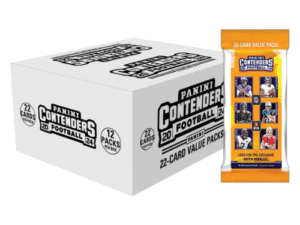

BCW Thick Card Toploaders 197 Pt. 10 per pack
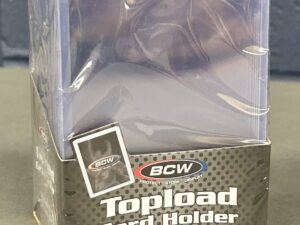
BCW Thick Card 59 Pt. Toploaders. 25 per pack

BCW 20 Pt. Toploaders. 25 per pack
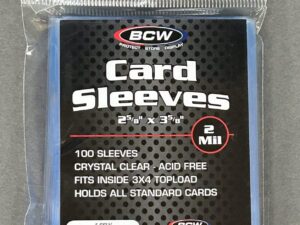
BCW Standard Card Sleeves. 100 per pack
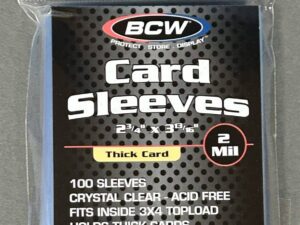
BCW Thick Card Sleeves. 100 per pack

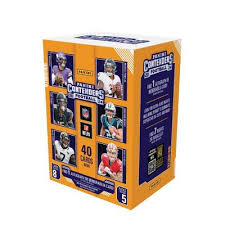
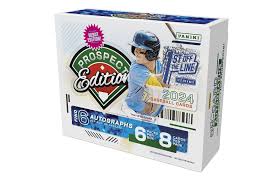
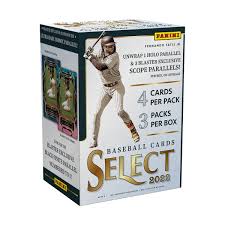
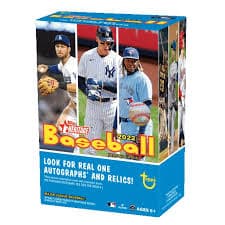
2022 Topps Heritage Baseball Blaster Box Configuration: 7 Packs per Box – 9 Cards per Box. Plus 1 extra pack.
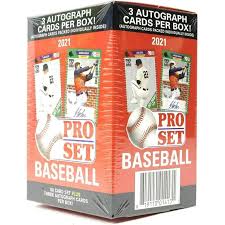
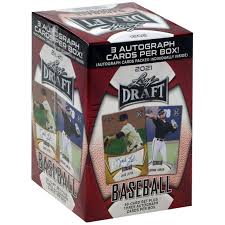
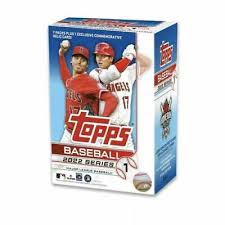
Keep up on breaking Sports Card News, our latest articles, product specials and exclusive content with expert analysis of hobby trends.

© Copyright 2025 - All rights reserved Cardlines.com / Media Techs LLC - Sports Card News, Reviews, Releases and BREAKS - #thehobby.
Important: When you click on links to various merchants on this site and make a purchase, this can result in this site earning a commission. Affiliate programs and affiliations include, but are not limited to, the eBay Partner Network.
Topps Chrome 2024-25 Basketball: Honest Review and Notes
Cardlines June 25, 2025 5:30 pm